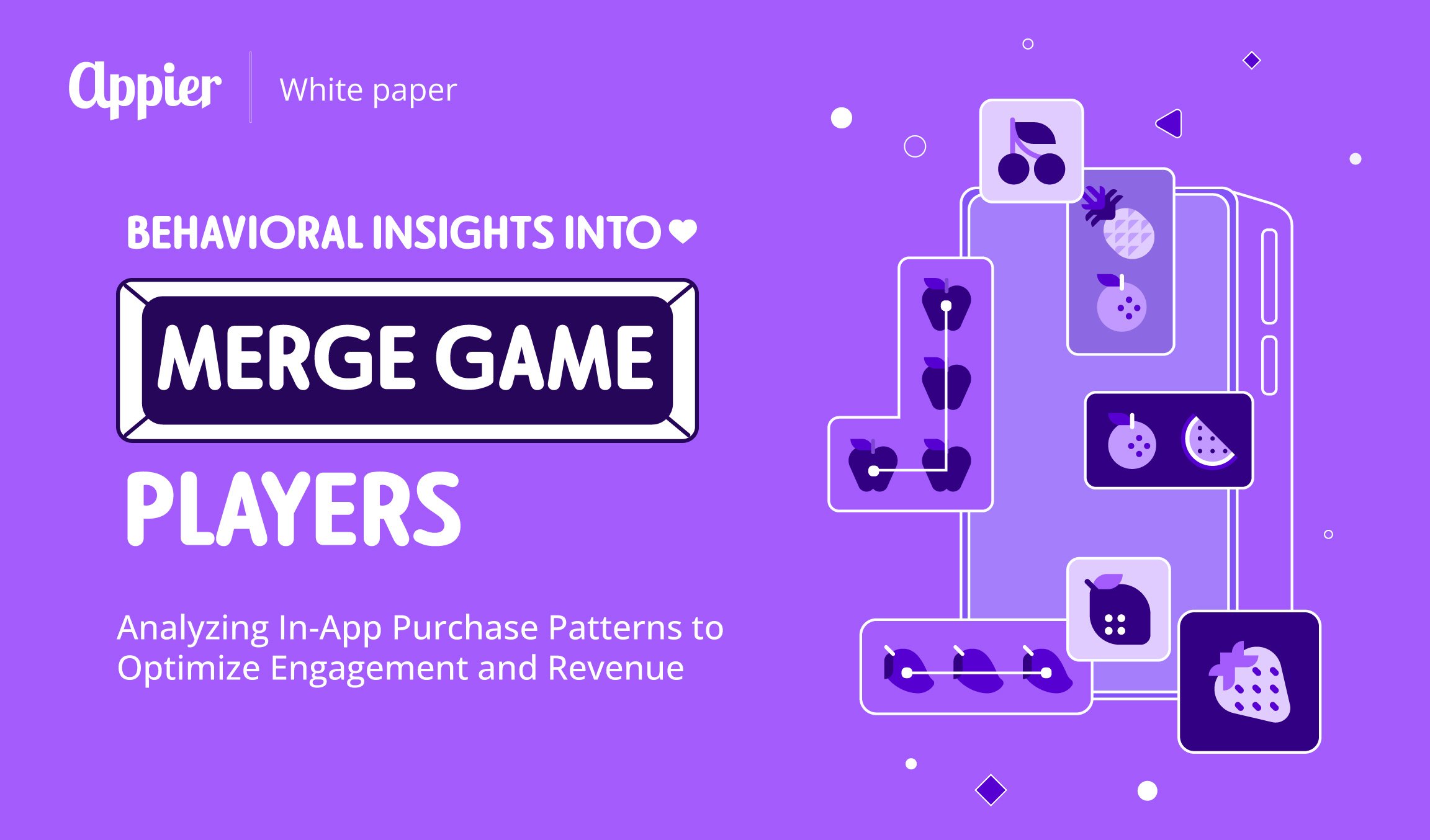3 min read
There is more data available than ever before. The explosion in data volume could help marketers do their jobs better. However, in a lot of cases, it creates confusion, as marketers are swamped by the sheer volume, and find it hard to sort the useful data from the useless.
Thankfully, help is at hand. In this article, we will show you three simple steps to make sense of your data, in order to make it work for you and generate leads that can help expand your business. Think of it as a life raft to help you stay afloat in an ocean of data.
Step 1: Streamline the Data
This step involves bringing together all the data gathered with various methods from different sources all under one roof. This can include data from your official website, campaigns, apps, CRM, API integration and more.
With data from such disparate sources, it can be confusing to extract any meaningful insights. By integrating fragmented digital data and unifying different data sets with the right tool, you will be able to get a comprehensive view of a user, addressing one of marketers’ most common pain points.
This step will also allow you to focus on a specific business goal. Maybe the data shows your customer churn rate is too high and you want to bring it down. Or that you would like to expand your company’s reach into new customers and new markets. Providing the data is accurate, it should provide a realistic snapshot of your company’s health, and help you gain actionable insights to achieve your business goals.
Step 2: Data Segmentation Based on AI Prediction
Your data is all collated and streamlined, and you know which areas you would like to focus on, such as more registrations for membership or subscriptions to your newsletter. Now how do you go about achieving those goals? Thankfully, artificial intelligence (AI)-powered systems can create AI models to predict customer behavior, and all without hiring a team of in-house data scientists.
As the customer journey increasingly involves multiple screens, it becomes harder for a human brain to make sense of all the data from customers’ cross-screen conversion paths, and segment users by multiple dimensions. However, AI systems can work on the multiple dimensions to create AI prediction models, forecasting variables like conversions and churn rates based on the segmented data. For instance, by understanding previous campaigns’ impact on your business, you will be better placed to formulate a future strategy.
CommonWealth Magazine, Taiwan’s most influential economic news media, leveraged Appier’s AIXON platform to combine data from different sources to create a unified customer view across screens. Based on this unified user view, it was able to generate new audiences, improving subscriptions and increasing online sales.
In fact, for every dollar CommonWealth spent on reaching audiences identified by AIXON, it generated 12.2X worth of revenue. The campaigns exceeded its return on ad spend targets by 300 percent, while subscriptions and purchases increased by 404 percent.
Step 3: Lead-Generation Campaigns Based on AI Insights
Once you have these AI predictions at your disposal, you are ready to deploy your new campaigns in order to convert on your business goals.
More advanced systems can deliver adverts via multiple marketing channels at once. This will increase the chance of you reaching your users in meaningful ways, as it helps you ‘talk their language’. For instance, you can reach the target audience Andy on Facebook through a relevant banner ad with minimal text, and deliver a dynamic product ad when he visits an e-commerce site on a PC.
If you approach your customers in the wrong way, you will dissuade them from associating themselves with your brand – they will see it as something ‘not for them’, but for someone of a different age, outlook or with different interests.
As well as speaking to them in terms they understand, you can optimize each advert and campaign specific to the platform you are using in order to better engage your users.
For example, luxury automobile manufacturer Audi tapped AI technology to drive test drive leads across screens, delivering a cross-screen conversion rate between 23 and 48 percent higher than to a single screen.
Making the data work for you
Data isn’t the problem – chances are, you have the correct actionable data at your disposal right now, but only by using the correct system can you gain valuable insights that will help your business, and bring the useful data from arm’s length to being right at your fingertips.



-1.png?width=3000&height=1834&name=SuperLike_%E5%B7%A5%E4%BD%9C%E5%8D%80%E5%9F%9F%201%20(1)-1.png)